Demo Books
Here are a few examples of Sophie in action. While the form of these books will be familiar to anyone who has seen multimedia documents, what is new here is how these were made – by one person, not a programmer, in hours not days. These are demos and as such they are not complete. Not all links are active, movies may be short stubs, etc.
When you've finished downloading each book, unzip the file and open it in Sophie. Look at these in Test mode (by checking the little box at the bottom right of the book window) or in Sophie Reader.
Emily Dickinson in Sophie
Download (.zip, 24.8 Mb)
Emily Dickinson's poems weren't published during her lifetime- it was only after her death that her sister found Emily's manuscripts, tucked at the bottom of a trunk, and decided to publish them. In the translation from manuscript to printed page, many aspects of her poems were lost. In editor’s notes, scholars admit to getting snagged on her unusual punctuation, capitalization, and line breaks. The biggest stumbling block comes with Dickinson’s endnotes. For many poems in her manuscripts, Dickinson provided alternate lines. Sometimes only an adjective changed but at other times entire stanzas morphed.
In this book, Dickinson's alternate lines are pulled into the body of the poem. When there is an alternate line, the reader can press on the black button(s) and scroll through Dickinson’s suggested changes. The original manuscripts, as well as printed references, are also included.
Here are screenshots of pages in the book:
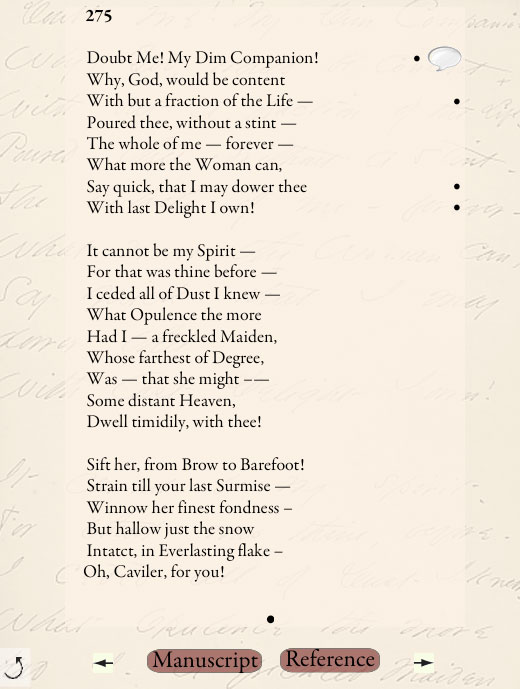
A rendition of one of Dickinson's poems using one set of possible lines.
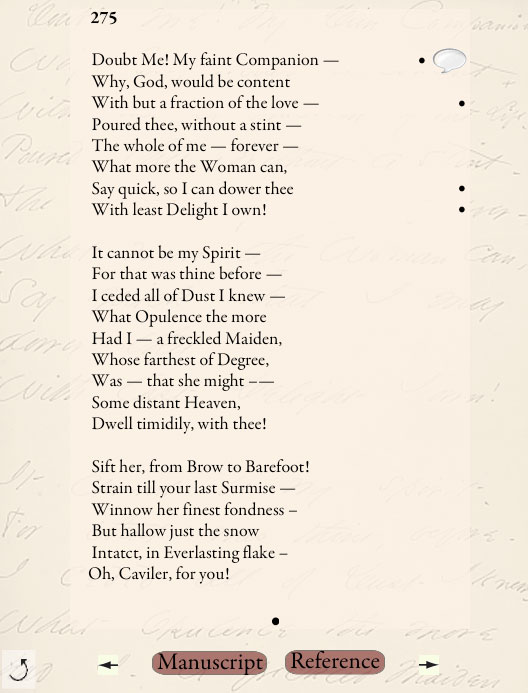
And after exploring possible alternates.
Robert Winter: Mozart's Dissonant Quartet
Download (.zip, 34.5 Mb)
This is a re-making of a portion of the Voyager issue of The Dissonant Quartet, using Sophie's video features in place of solely audio.
Here are screenshots of pages in the book:
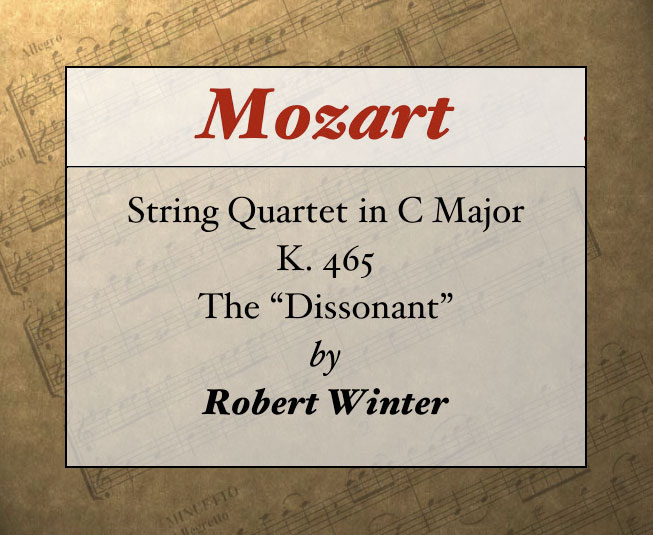
The title page.
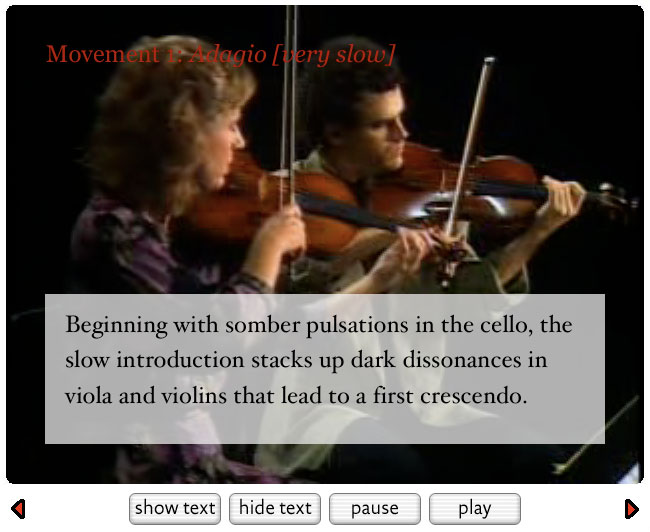
A captioned video explaining the anatomy of the quartet.
Johanna Drucker: The Virtual Codex: From Page Space to E-Space
Download (.zip, 1.3 Mb)
What do designers of electronic books have to learn from the traditional, paper-based codex? Drawing on scholarship in the history of the book, this paper argues that the idea of a book should be as much grounded in what it does as what it looks like. Using examples from the development of marginalia, tables of contents, and other paratextual features to analyze the way books work, and creative innovations wrought by book artists, this paper suggests that many principles useful for the design of electronic information spaces-- and the "virtual" book-- can be extracted from traditional codex works.
Here is a screenshot of a page in the book:
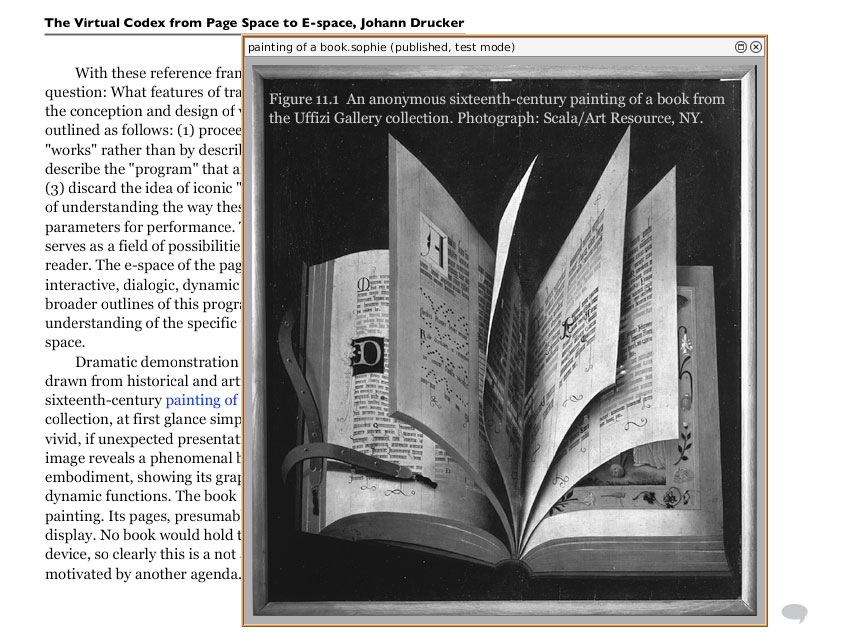
Nine Curiosities from the Beeman Cookbook Collection
Download (.zip, 60 Mb)
This is a compilation, including video and graphic elements, of several rare, and slightly strange cookbooks.
Here are screenshots of pages in the book:
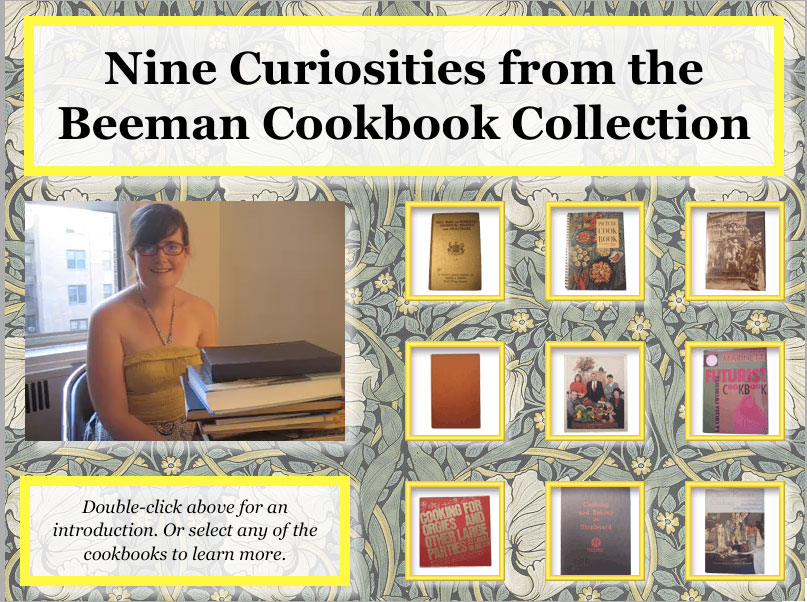
The title page, including a video introduction.

A detail page, with additional close-up shots of the cookbook, as well as a video description.
The Five Drafts of the Gettysburg Address
Download (.zip, 2.9 Mb)
This book details the textual differences in the five drafts of Lincoln's Gettysburg Address, and gives information about each of the drafts. There is also a reading of the standard draft of the Address by Johnny Cash, so that readers may listen as they read the differing versions.
Here is a screenshot of a page in the book:

By clicking on the title of the draft at the top of the text, the differences in wording will be highlighted, and information about the particular draft is displayed.
Federico García Lorca: Poema del Cante Jondo
Download (.zip, 57.3 Mb)
Sol Gaitan of the Dalton School in New York developed this book for her AP Spanish students so that they can explore the direct influence of particular flamenco music styles on Lorca's poetry. Gaitan presents both the songs and the poems they inspired, and annotates the poems from pages 11 to 43; with the students expected to follow her lead by annotating the poems in the remainder of the book.
Here are screenshots of some pages in the book:
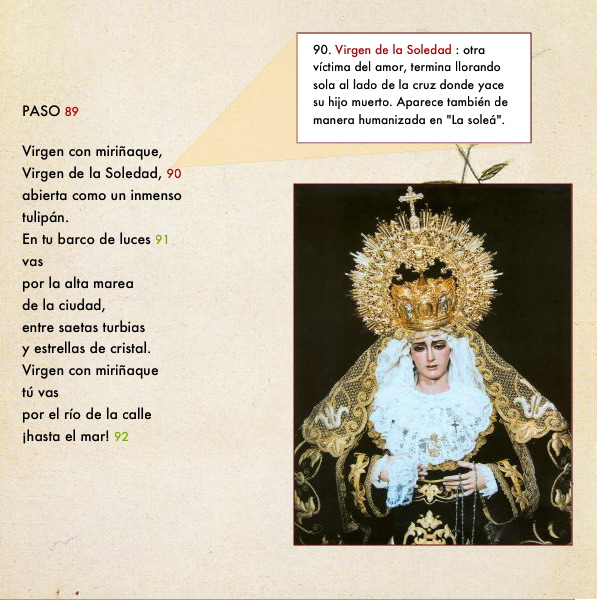
Above: clicking the same annotation on a line of the poem makes both text and an image visible.
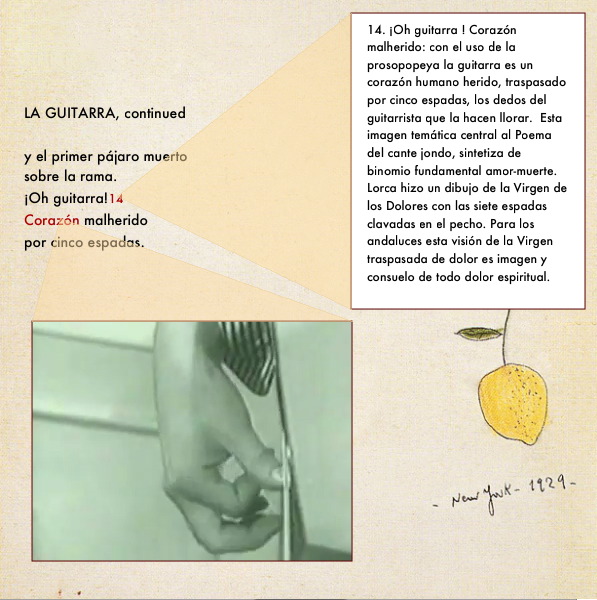
Above: a poem with an annotation; the annotation, text, has its own video annotation.
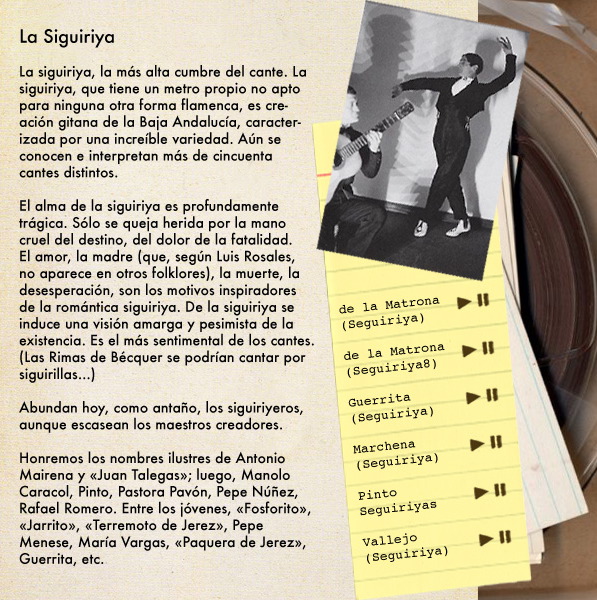
Above: a page talking about a style of flamenco, with different audio files demonstrating that style. The play and pause buttons can be used to control the audio.


